ONE OF THE MOST MEMORABLE Alfa Romeos (and there have been many) was the 1965 Giulia GTA. Not only was it a sporting icon, it has now become very collectable.
Only the most optimistic would assume the latest Giulia GTA, released at Balocco, will become as collectable (or valuable) but it is a desirable sports car in its own right. Of course, it remains to be seen if it arrives in Australian showrooms (seniordriveraus would suggest probably not).

Unveiled to and tested by the international press, the Alfa Romeo Giulia GTA, including in its “extreme” GTAm configuration, brings back one of the legends of motoring and a milestone of the brand’s history. It is an authentic return to the brand’s roots of performance and touring, established 111 years ago. A model is brought to life that epitomises Alfa Romeo’s unique ability to combine style and sportsmanship. The only possible location for its official debut could be the former Autodelta workshops at the Balocco Proving Ground (Vercelli province), the site of the 1960s creation of the Giulia Sprint GTA, one of the most successful cars in Alfa Romeo’s history. This evocative venue – built 60 years ago, with a surface area of six sq km, 27 different circuits, a total of 80km – is the home of the development and testing of all Alfa Romeo cars. It was here that journalists tested out the new Alfa Romeo supercar, later to appreciate its road-going qualities on a panoramic off-track route from the countryside of Vercelli province to the Ivrea moraine and the Lago di Viverone in the foothills of the Alps. (We’re going to assume seniordriveraus wasn’t invited due to the current COVID-19 travel restrictions, or our invitation is still in the mail.)
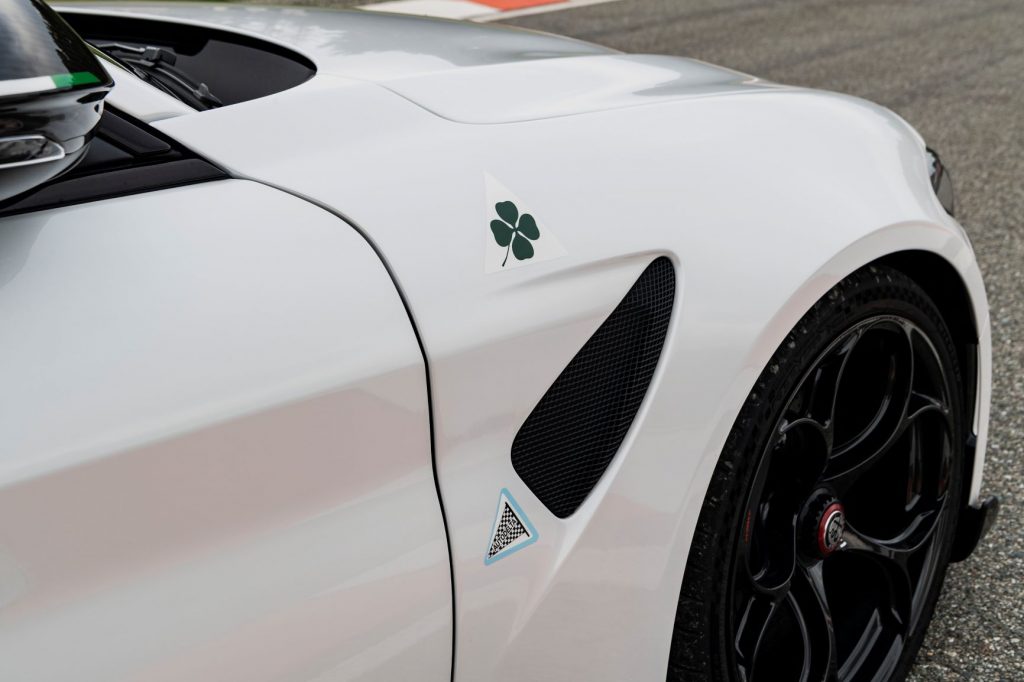
Instantly recognisable
The Giulia GTA is a high-performance vehicle derived from a mass-produced car, the exceptional Giulia Quadrifoglio. With the widespread use of ultralight materials, the Giulia GTA’s weight is reduced by up to 100kg compared to the Giulia Quadrifoglio, and is powered by an upgraded version of the 540hp (403kW) Alfa Romeo 2.9 V6 Bi-Turbo engine with a best-in-class weight-to-power ratio of 140kW/L. It also delivers extraordinary performance, in terms of both its lap times on the track and its acceleration. With the Launch Mode system, it goes from zero to 100km/h in just 3.6 seconds.
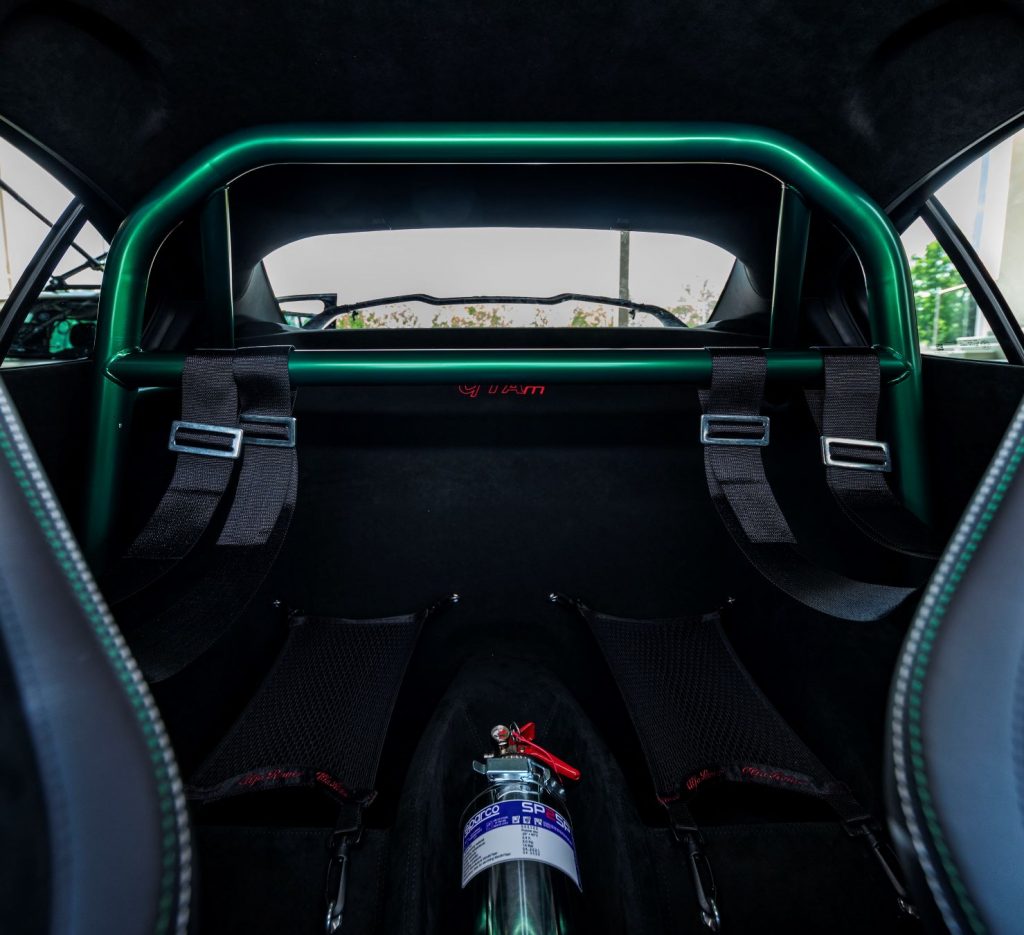
Alfa Romeo engineers have worked to improve its aerodynamics and handling, but above all to reduce the weight, following the same guidelines as for the 1965 Giulia GTA. To achieve these objectives, widespread use has been made of components in carbon fibre and composite materials. The aerodynamics have been specially designed to increase downforce. These solutions embody technical expertise that comes straight from Formula 1, courtesy of the synergy with Sauber Engineering. They were entrusted with the aerodynamic appendages, the new rear spoiler – adjustable to 4 positions in the GTAm, and the active front splitter, which can be extended for use on the track by up to 40mm on the GTAm. Other features developed include the Akrapovič central exhaust system in titanium, built into the rear diffuser in carbon fibre, and the 20-inch wheel rims with single locking nut, seen for the first time in a sedan, paired with specially selected Pilot Sport Cup 2 Michelin tyres. The aerodynamic research in the wind tunnel was not limited to the aerodynamic appendages, it also focused on the specially developed fully faired underbody. The GTA and GTAm also benefit from a special new air extractor capable of increasing the car’s ground effect, guaranteeing excellent road holding at high speeds. More specifically, on the Giulia GTAm the most intense aerodynamic configuration mounts triple the increase compared to the Giulia Quadrifoglio, previously the benchmark in its class.
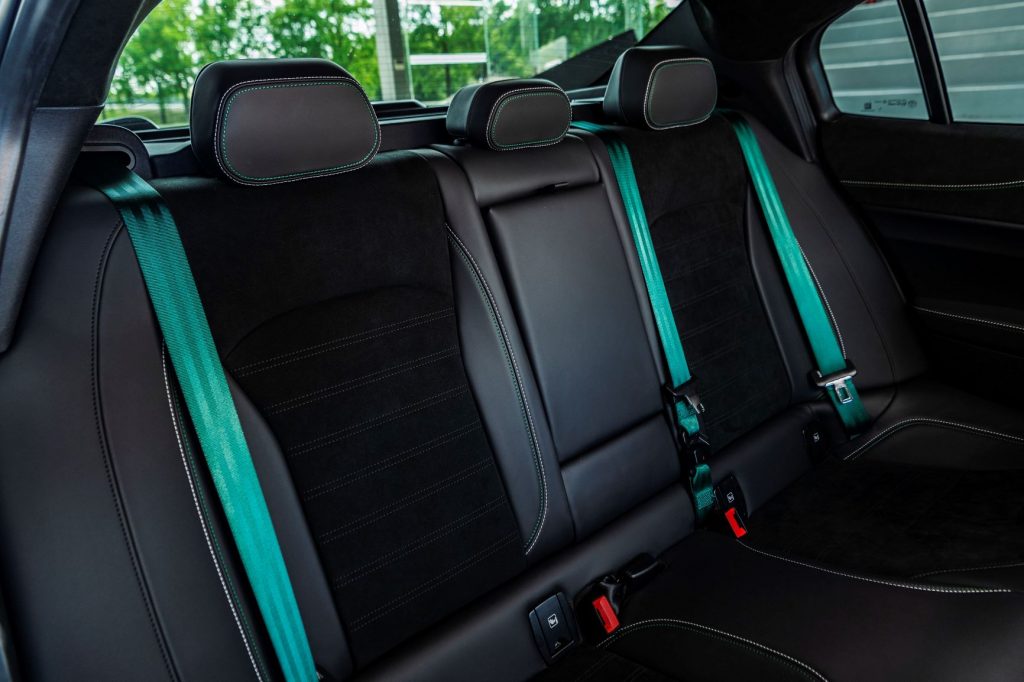
Handling has been improved by widening the Quadrifoglio’s front wheel tracks by 25mm and their rear counterparts by 50mm, and by developing a specific suspension setup for the suspension systems (the front with two oscillating arms, the rear using independent multilink springs). The specific setup of the suspension and steering ensures higher cut-in and cornering speed and improvements in stability with no impact on comfort on all surfaces.
Last but not least, in terms of performance, the Alfa Romeo 2.9 V6 Bi-Turbo engine, made entirely of aluminium and capable of unleashing no less than 380kW on the Giulia Quadrifoglio, reaches an output of 403kW in the Giulia GTA, courtesy of the meticulous development and calibration work of the Alfa Romeo engineers, who revisited the piston cooling flow and the design of the rods. The air circulation in the engine cooling and transmission circuits has also been increased.
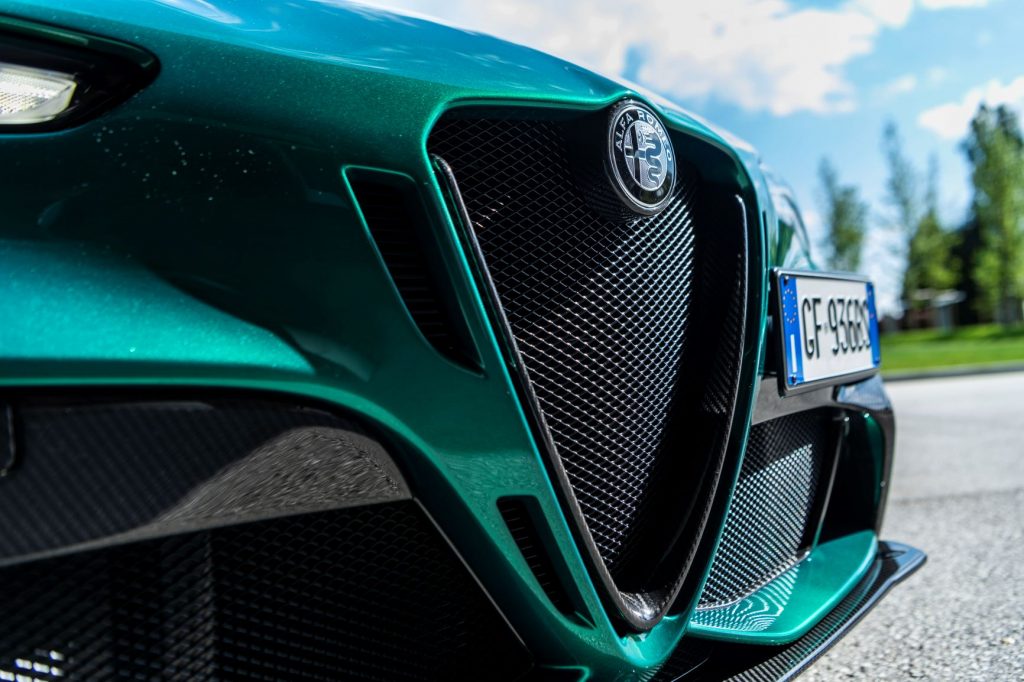
For such an exclusive model, the brand has created a wide range of customisations aimed at a unique purchase experience for this supercar, including an experience package with a Bell helmet in special GTA livery that can be customised with the serial number, a specific Goodwool car cover, and dedicated services. The GTAm will also come with full Alpinestars racing apparel. In Italy, the Giulia GTA and GTAm experience is priced at €175,000 ($A273,410) and €180,000 ($A281,220) respectively (22 percent VAT included). Make your own guess as to what the car will/would cost in Australia.
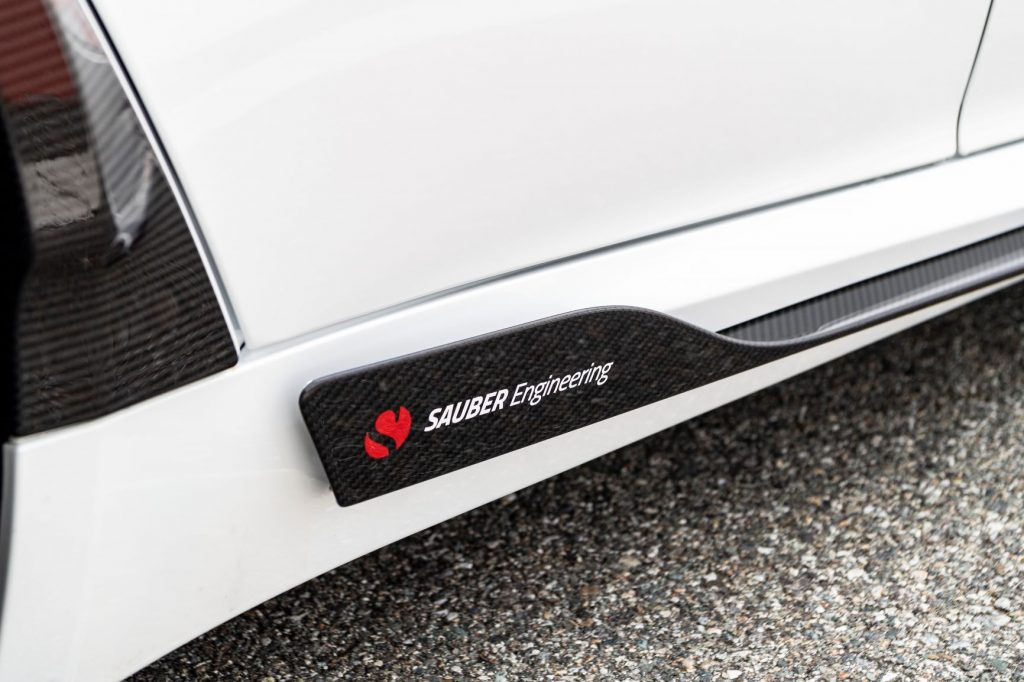
F1 aerodynamics, provided by the invaluable know-how of Sauber Engineering
One factor from which Alfa Romeo technicians have been able to benefit is aerodynamics, guaranteed by the expertise and facilities of Sauber Engineering. With its 50 years of experience in motorsport – 27 of which in F1, the Swiss firm has accrued in-depth expertise in aerodynamics, partly down to its very own wind tunnel, one of the most advanced in Europe. The Sauber team played an active role in the design, prototyping and manufacturing of the aerodynamic components of the new Giulia GTA. Courtesy of the manually adjustable front splitter and rear aerowing, the Giulia GTAm can adapt its aerodynamic performance to any kind of track, precisely following the requests and preferences of its driver. The GTA and GTAm also benefit from a special new air extractor capable of increasing the car’s ground effect, thus guaranteeing excellent road holding at high speeds. More specifically, the Giulia GTAm is able to develop double the pressure compared to the Giulia GTA, and a triple increase compared to the Giulia Quadrifoglio, a highly significant figure that testifies to the great work done by the Alfa Romeo and Sauber technicians. Taking part in this work were two drivers from the F1 team, Antonio Giovinazzi and Kimi Räikkönen, who played an active role in track testing sessions, during which they provided invaluable indications, especially on the car’s aerodynamic components and handling.
